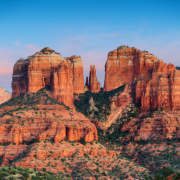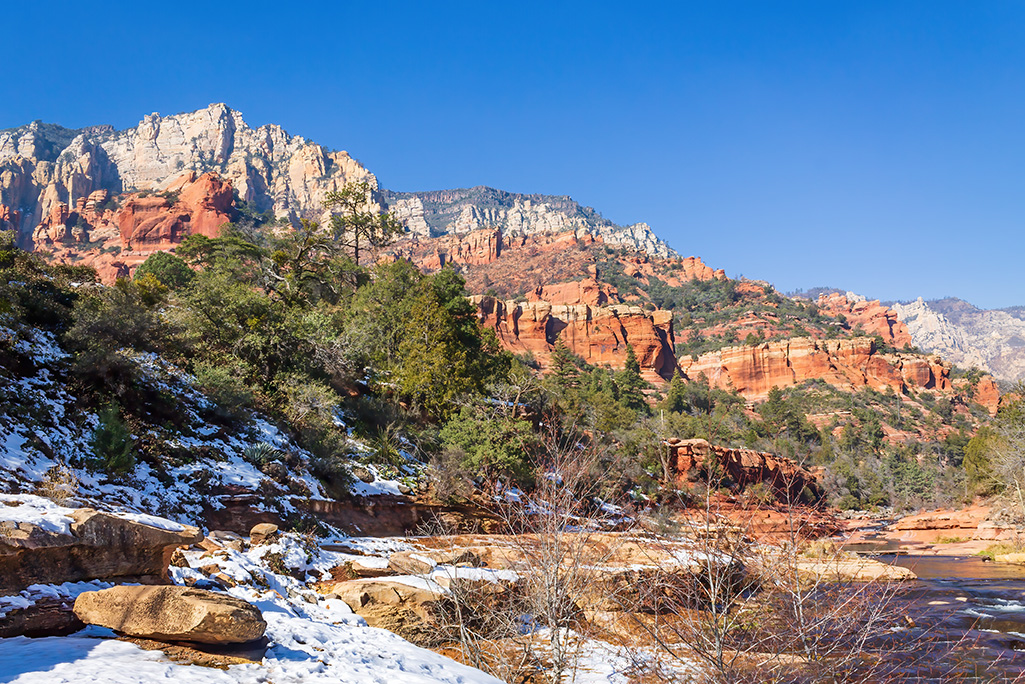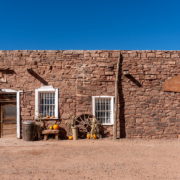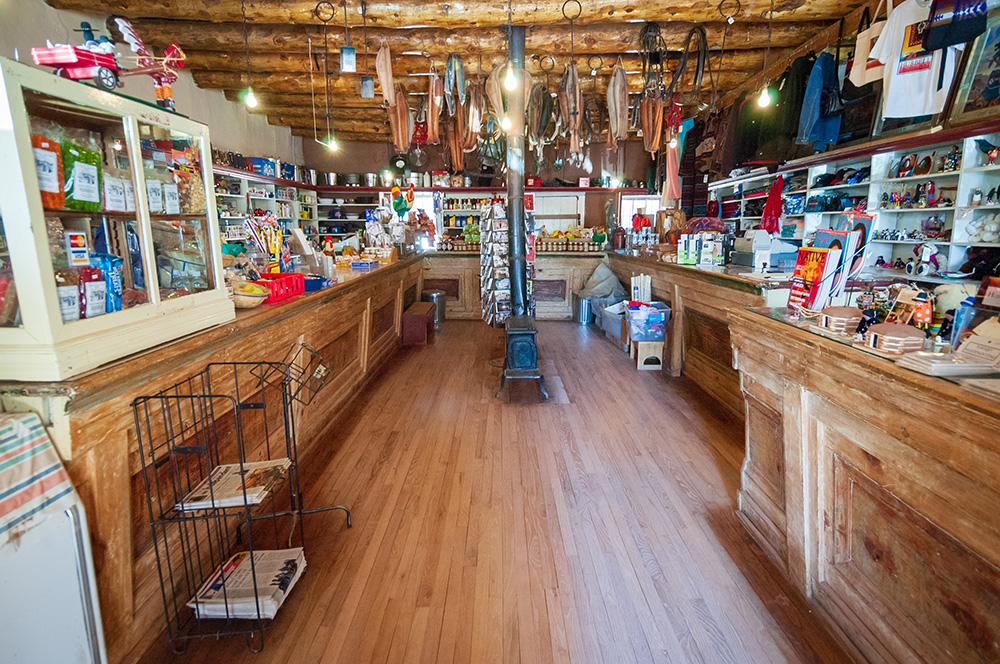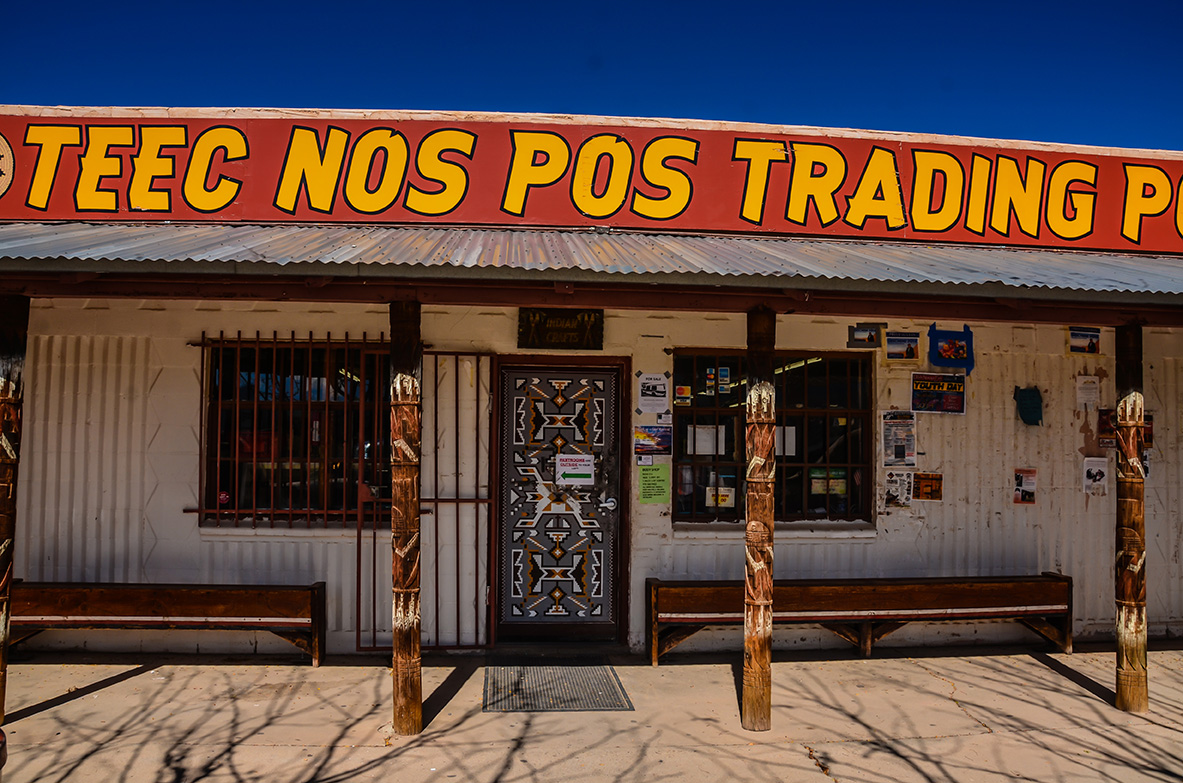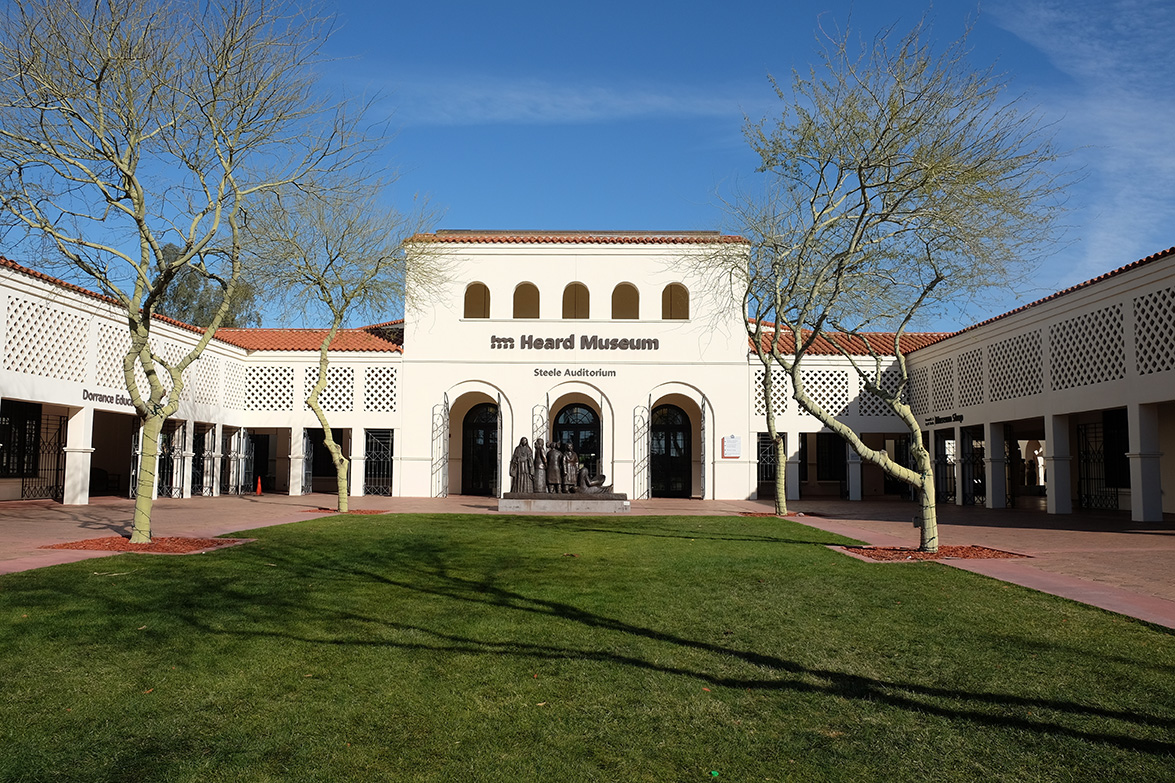Sedona is a beautiful town in Arizona. Though fewer than 10,000 people live there, it’s earned its reputation as a haven of the arts, a touchstone of cinematic history, and a site of extraordinary natural beauty.
Situated in the Coconino National Forest, at the border of the Sonoran Desert, Sedona is a place offering easy access to the unique wilderness of America’s southwest.
The place isn’t static. Sedona changes a bit every hour of the day, and changes more from season to season. With this guide, discover the exact best time to visit the vibrant town of Sedona, Arizona.
Best Season To Visit Sedona, AZ
For most travelers, spring is the best season to visit Sedona, Arizona. Spring marks the transition from the end of the region’s rainy season to drier weather, and most days are warm yet, usually, not excessively hot.
April, in particular, is peak wildflower season; the Sonoran Desert fills with blooms. That month also marks the point when colorful, migratory songbirds and hummingbirds reach Sedona on their Northward journey.
That said, plenty of travelers prefer to visit in the autumn months. One popular option is experiencing Sedona in October. Many visitors hike to Oak Creek Canyon for a truly spectacular view of Coconino National Park’s Fall foliage.
Autumn is also the better choice if river swimming is on your bucket list. Daytime temps remain in the 75°F to 90°F range until the first few days of November, and many travelers report enjoying a swim in Oak Creek or Grasshopper Point in October.
Of course, since these seasons are considered the best by most visitors, they’re also the most crowded. Moreover, if you’re budget-conscious, peak tourist seasons are the most expensive.
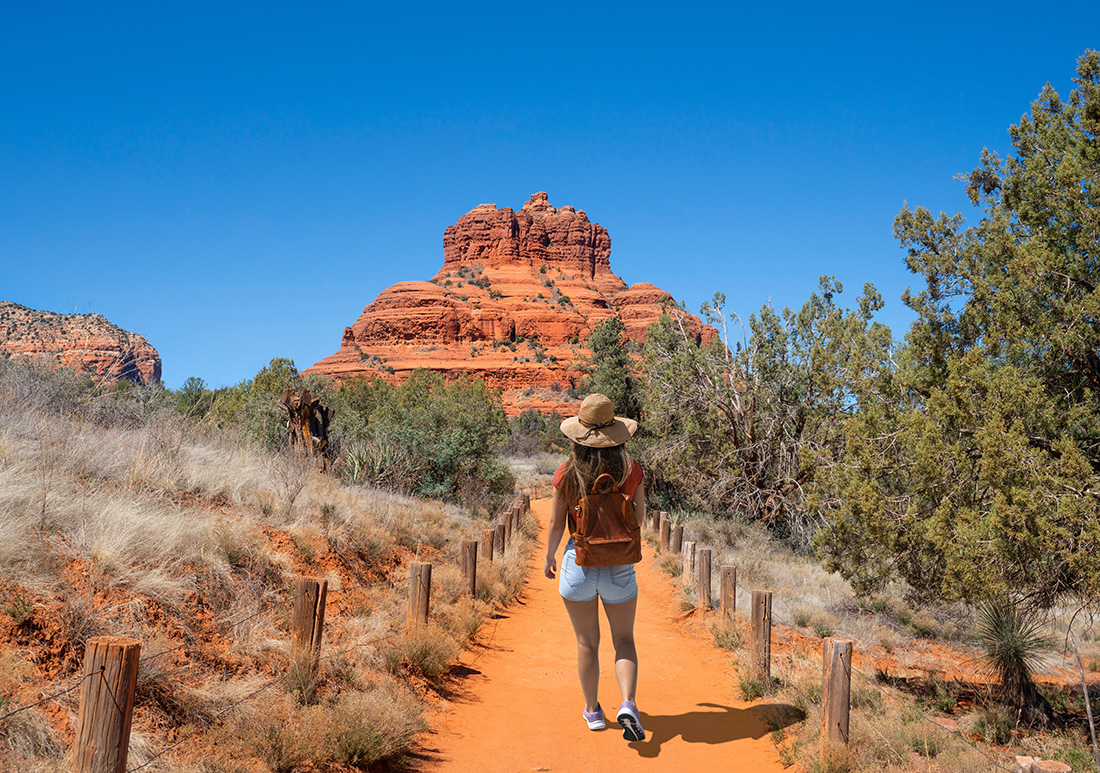
Best Time To Time To Visit Sedona With Kids
If your kids are in school (or if they’re too young for school yet) the absolute best time of year to visit Sedona, Arizona is during their winter break.
December, January, and February are the tourist town’s “off-months.” Everything from hotels to guided stargazing tours are priced at discount rates, and avoiding crowds gives kids more time and space to explore the beautiful place they’re in.
While the winter months are a bit chillier, the days’ average highs still range from 55°F to 70°F–a nice break from the harsh winters further North.
Best Time of Year to Visit Sedona (Month By Month)
Consider factors like average temperature, typical rates, and any festivals or events you might be interested in when choosing which month to visit Sedona.
January
- Average Daytime Temperature: 56°F (13°C)
- Average Nighttime Temperature: 31°F (0°C)
- Average Precipitation 2.09 in. (light snow)
- Festivals & Events: VegFest, Coconino National Forest Fee-Free Day
- Rates: Discounted (low season)
February
- Average Daytime Temperature: 61°F (16°C)
- Average Nighttime Temperature: 33°F (0°C)
- Average Precipitation: 2.17 in.
- Festivals & Events: Sedona International Film Festival, Run Sedona 5K & Marathon
- Rates: Discounted (low season)
March
- Average Daytime Temperature: 65°F (18°C)
- Average Nighttime Temperature: 37°F (3°C)
- Average Precipitation: 2.48 in.
- Festivals & Events: Sedona Mountain Bike Festival
- Rates: Increased (high season)
April
- Average Daytime Temperature: 73°F (23°C)
- Average Nighttime Temperature: 42°F (6°C)
- Average Precipitation: 1.14 in.
- Festivals & Events: Celebration of Spring, Piano On the Rocks International Festival
- Rates: Increased (high season)
May
- Average Daytime Temperature: 82°F (28°C)
- Average Nighttime Temperature: 49°F (9°C)
- Average Precipitation: 0.71 in.
- Festivals & Events: Sedona Yoga Festival, Cinco de Mayo
- Rates: Increased (high season)
June
- Average Daytime Temperature: 93°F (34°C)
- Average Nighttime Temperature: 58°F (14°C)
- Average Precipitation: 0.35 in.
- Festivals & Events: Summer Solstice Events
- Rates: Typical (shoulder season)
July
- Average Daytime Temperature: 97°F (36°C)
- Average Nighttime Temperature: 64°F (18°C)
- Average Precipitation: 1.65 in.
- Festivals & Events: 4th of July Wetfest, Sedona Hummingbird Festival
- Rates: Typical (shoulder season)
August
- Average Daytime Temperature: 94°F (34°C)
- Average Nighttime Temperature: 63°F (17°C)
- Average Precipitation: 1.89 in.
- Festivals & Events: Sedona Hummingbird Festival
- Rates: Typical (shoulder season)
September
- Average Daytime Temperature: 88°F (31°C)
- Average Nighttime Temperature: 58°F (14°C)
- Average Precipitation: 1.93 in.
- Festivals & Events: Sedona Wagfest & Fair
- Rates: Increased (high season)
October
- Average Daytime Temperature: 77°F (25°C)
- Average Nighttime Temperature: 48°F (9°C)
- Average Precipitation: 1.65 in.
- Festivals & Events: Sedona Plein Air Festival, Sedona Arts Festival
- Rates: Increased (high season)
November
- Average Daytime Temperature: 64°F (18°C)
- Average Nighttime Temperature: 36°F (2°C)
- Average Precipitation: 1.38 in.
- Festivals & Events: Sedona Festival of Lights, Sedona Christmas Tree Lighting
- Rates: (high season)
December
- Average Daytime Temperature: 57°F (14°C)
- Average Nighttime Temperature: 31°F (0°C)
- Average Precipitation: 1.5 in.
- Festivals & Events: Dia De Los Muertos Celebration, Sedona Food Truck Festival
- Rates: Discounted (low season)
When Is The Best Time To Hike In Sedona?
If you’re hiking through Sedona or the trails of the Coconino National Forest, time your hike to avoid crowds and peak temperatures.
Spring & Autumn: Early Morning
In the spring (March – May) and autumn (late September – November), this often means parking at the trailhead to start hiking at civil dawn: 20-40 minutes before sunrise. In Sedona, the sun rises between 6:00 AM and 7:00 AM during these months.
The day will warm as you hike, so wear layers that are easy to remove and carry as needed. Ideally, you’ll want to finish your hike by noon, or 1:00 PM at the latest. Between noon and 3:00 PM, the day’s heat and trails’ crowdedness both increase dramatically. Then, they stay hot and busy until sunset.
Winter: Midday, Daylight Hours
If you’re hiking during the winter, crowds and heat aren’t much of an issue. January and February, in particular, are ideal off-season months. The best time of day for a winter hike in Sedona is any time that works for you.
There are two caveats. First, there are fewer daylight hours, so be sure to time your hike to avoid getting stuck in the dark. Second, low temperatures can get uncomfortably cold, or even below freezing, so be sure to dress for the weather.
Danger: Visiting Sedona, AZ At The Worst Time Might Kill You
The worst time to visit Sedona is during the summer. It’s unwise to visit most parts of Arizona in May, June, July, and, often, August.
These are the state’s deadliest months.
The biggest risk people face when visiting a National Forest or State Park in Arizona is heat.
In 2023, about 990 people died from heatstroke or other heat-related medical emergencies in Arizona.
Moreover, heat-related illnesses forced an additional 4,298 Arizonans to go to an Emergency Room.
Visitors and travelers are at a particularly high risk of heat-related injury, as they often have limited prior experience of the dry, ultra-high heat of Arizona summers.
In a typical year, 60% of heat-related deaths in Arizona happen in July. The others cluster in May and June, and the heat-related death rate begins to slow through August and September.
This makes sense, as most places in AZ experience their first 100°F day in May, the first 110°F day in June, and long stretches of extreme heat days typically run through July.
In Phoenix AZ in 2023, temperatures reached or surpassed 110°F every single day of July.
It’s unsafe to be outside in those temperatures. It’s the absolute worst time to visit Sedona, AZ.
Experience Sedona With Caravan’s National Parks Tour of America’s Southwest
At Caravan, each element of our tours is hand-picked by our experts to build an extraordinary adventure.
On our American Southwest National Parks Tour, experience eight days of majestic canyons, Native American culture and history, and wildlife you won’t see anywhere else—all at one affordable price.
Call us at 1-800-312-321-9800 to learn more. Or, call 1-800-CARAVAN (227-2826) to book your spot today.
